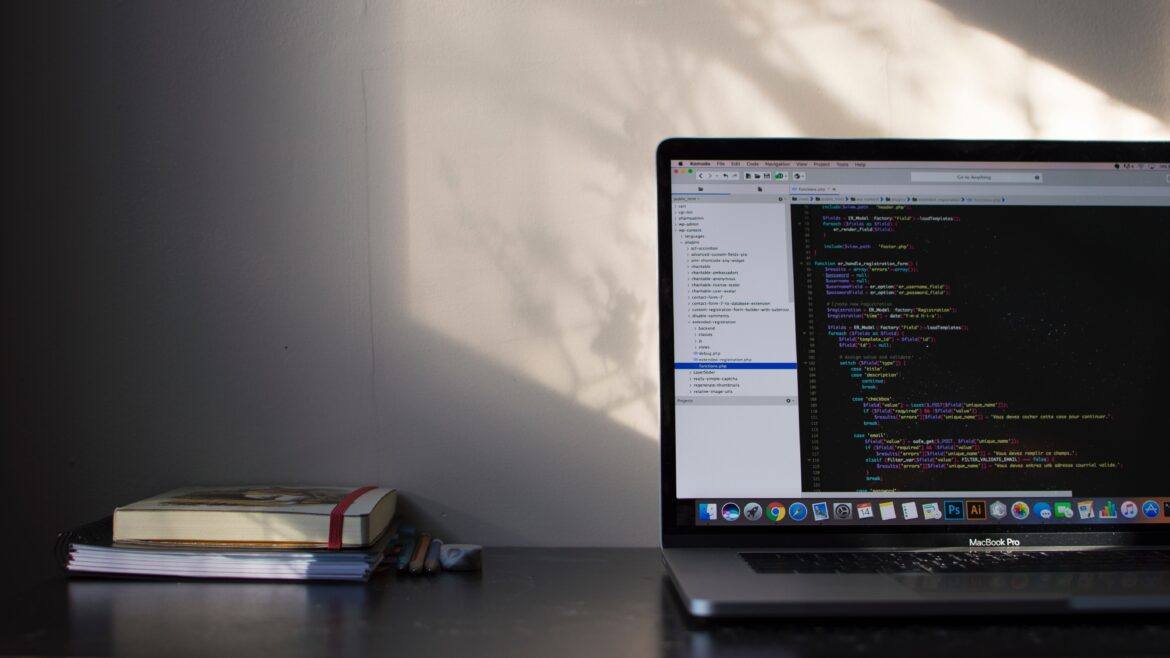TCEA has been supporting the use of technology in education for almost 40 years now. As we get ready to celebrate that anniversary, we’ve spent time looking at the realm of classroom ed tech and how far it’s come. We know that the real power of any technology relies upon how it’s used. So how well is ed tech being implemented?
To our dismay, we found that we haven’t made the progress we had hoped for. Yes, there are pockets of excellence where the technology truly enhances student achievement. But in most cases, there has been little change in daily teaching and learning. Looking critically at today’s ed tech landscape can not only reveal flaws in current practice, but potentially inform better uses and better technologies in the future. After all, technology is only part of the picture. The other part depends on how we understand and shape our teaching. Tech moves fast, and our learning strategies should not only keep up, but drive the conversation around ed tech.
The Research Is Clear
Unfortunately, the research on the effective use of tech is not positive.
U.S. fourth-graders who report using tablets in all or nearly all of their classes are a full year behind in reading ability compared with peers who report never using tablets in their classes. Internationally, students who report greater use of technology in their classrooms score worse on the PISA exam, the major international student assessment, even when accounting for differences in wealth and prior performance. This is all according to a recent report by the Reboot Foundation. (source)
These findings align with prior research that found essentially the same thing three years ago: High levels of technology use in the classroom tend to correlate with lower student performance.
In the past when we heard this kind of research, we were quick to point out that the study may have been flawed or the students studied may not all have had access to devices or the broadband provided for their work wasn’t sufficient. But I think it’s time for us to really talk about technology and and learning.
What’s Really Happening
The question that we have to ask ourselves is not whether technology can accelerate learning, because there are lots of studies that show that it can. The question instead is why isn’t it doing so right now. What’s preventing us from making truly effective use of technology for learning?
And after studying this question for the past year, we believe that we have found the answer. We’ve been talking with dedicated CTOs and technology leaders and visiting lots of amazing school districts and campuses working very hard to implement tech and make things better for students. And throughout all of that, we’ve found educators having conversations and professional learning about powerful tools and apps and websites. The focus has been on what the technology can do and on how the students can use it. The problem with that, though, is that’s not the conversation we should be having. Instead, our focus should be on how student interaction with tech will improve learning. We have to talk about the teaching and learning.
Two Questions to Ask
As we plan for tech use in the classroom, we must begin asking two questions:
- Is the technology linked to a specific learning goal? If the answer to this question is “no,” then why are we using it? We all know that there simply isn’t enough time each day to cover all the content that successful students must know. So if the devices and software aren’t directly tied to specific learning, we should abandon them. (Yes, you read that right.)
- Does the technology follow research-proven methods of how we learn? I am afraid that most educators today don’t think about this question because we aren’t current on the latest research on learning. This again is a time issue. There have been huge strides in the past 25 years proving what works best for learning, but I rarely hear teachers or leaders talking about this. It is time for us to talk about what instructional strategies work best and how and when technology can support those strategies.
One Solution
In order to see full-fledged and powerful use of technology to enhance student achievement moving forward, we must begin training all educators and leaders to answer the two questions above. Luckily, TCEA is here to help with that mammoth job. We are hosting a one-day learning event on Saturday, September 28, 2019. The Innovative Learning Strategies Conference is focused on helping educators answer the two questions above by providing hands-on, minds-on sessions tying research-proven instructional strategies to the effective use of technology. Bring a team and start learning how you can ensure that technology does make a difference in learning for all of your students.

